.jpg?width=332&name=20161012_115451%20(1).jpg)
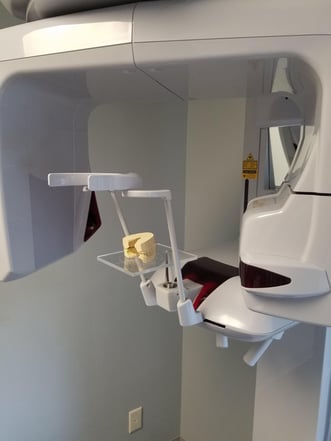
Implant dentistry was once left to periodontists, and prosthodontists. Today, a growing number of general dentists are also placing implants. With the proper education, a general dentist can add thousands of dollars of revenue every month by adding implants to the office procedures. One tool that is key to making the process more certain and predictable is CBCT technology. With a CBCT scanner it is possible to create a surgical guide even in heavily restored cases. Today we will illustrate the process of using the J.Morita R100 CBCT scanner to scan a heavily restored patient with a scan appliance. The scan appliance allows for the alignment of the CBCT (Dicom infoormation) information and the digital model (STL file) that is created and use BlueSky Bio software to use the CBCT information in designing and printing a surgical guide for implant placement.
A primary challenge of using CBCT for implant planning is managing image scatter due to restorations. Scatter appears as rays of distortion as the x-ray photons do not penetrate radiopaque restorations and instead reflect at the surface. This can make it difficult for the software to match the CBCT information (subginigival info) with an intraoral model(scanned or stone). At Dental TI, we have created and educate on a protocol that provides accurate surgical guides, even on heavily restored patients. With the J.Morita R100 CBCT unit, a surgical table, and a scan appliance, and using BlueSky Bio software, you have the full technology package to plan and create surgical guides and place implants with dramatically improved accuracy and success.
One of Dental TI's clients , Esteban Velez DDS, who practices in Avon Indiana, shares a case below where he used his J.Morita R100 and a scan appliance to create a surgical guide. The detailed steps of the case and corresponding images are below.
Step 1: Scan the Patient with your CBCT Wearing the Scan Appliance
Scan the patient with the scan appliance in his/her mouth. The scan appliance is an impression tray with 6-8 radiopaque beads or markers placed around the tray and thus embed in the impression material.
After scanning the patient wearing the impression tray(full) is scanned on the surgical table. The surgical table allows the JMorita R100 to scan appliances. models. or impressions very easily and accurately match the model to the CBCT. This effectively gives your CBCT scanner the ability to create STL files to combine with the CBCT Dicom file. Even if you have an intraoral scanner, you will find this technique very helpful when working on patients who have a number of restorations, especially those containing metal.
Step 2: Software: Import both DICOM CBCT and DICOM Model scan into BluSky Bio Software
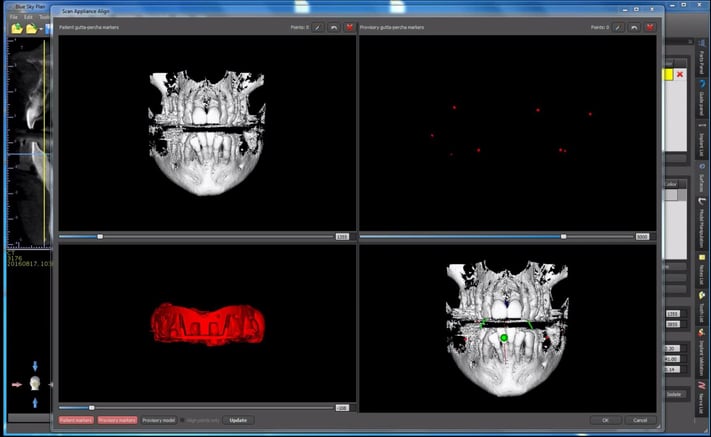
Step 3: Model Alignment: Match the Radiopaque markers in the impression tray to align/overlay CBCT image
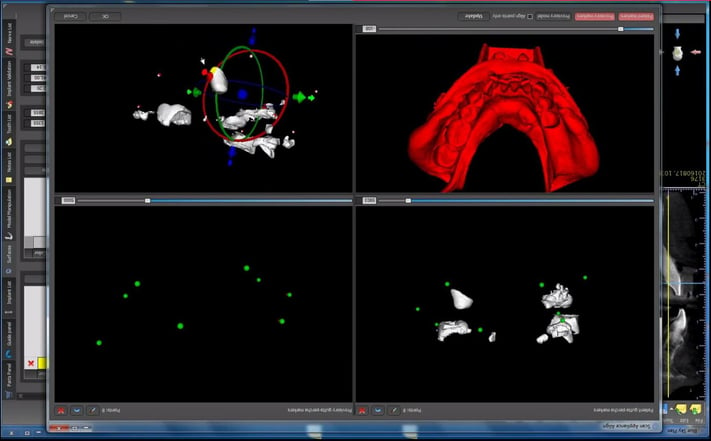
Step 4: Implant Planning: Virtually Place the implants on the combined volume (CBCT and Model).
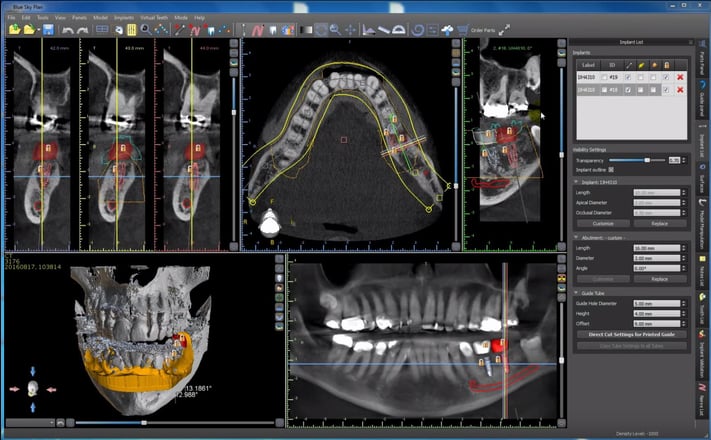
Step 5: Trace the surgical guide and send to a 3D printer like the EnvisionTec Vida or a 3D printing service to be printed.
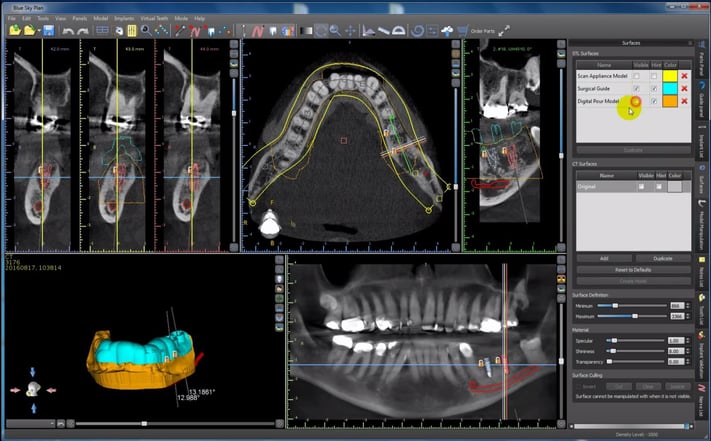
Step 6: Implant Placement: Use the surgical guide to place implants predictably using planned angulation, depth, and even drill size/sequence.
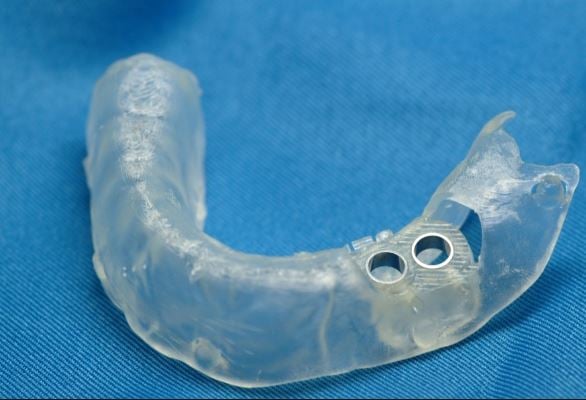
If you are placing implants currently and not using surgical guides, you may be surpised to know that with the right CBCT and software you can start doing guided surgery immediately and increase your comfort in anterior placement, multiple implants, or whatever you can't currently image with 2D imaging. The key compenents to use this efficient process are a CBCT unit, a surgical table(or intraoral scanner) as well as software that will allow for the creation of surgical guides. Dental TI has built a custom package that includes all of the pieces that you will need to plan guided implant surgery. Contact us today and let us help you meet your practice goals while using Dental TI and technology as a partner.
Thank you for reading! Reach us at www.dentalti.com, email info@dentalti.com, or call 800-672-5733 with any questions or if you would like to discuss this blog, the products, or how we can help you in any way.


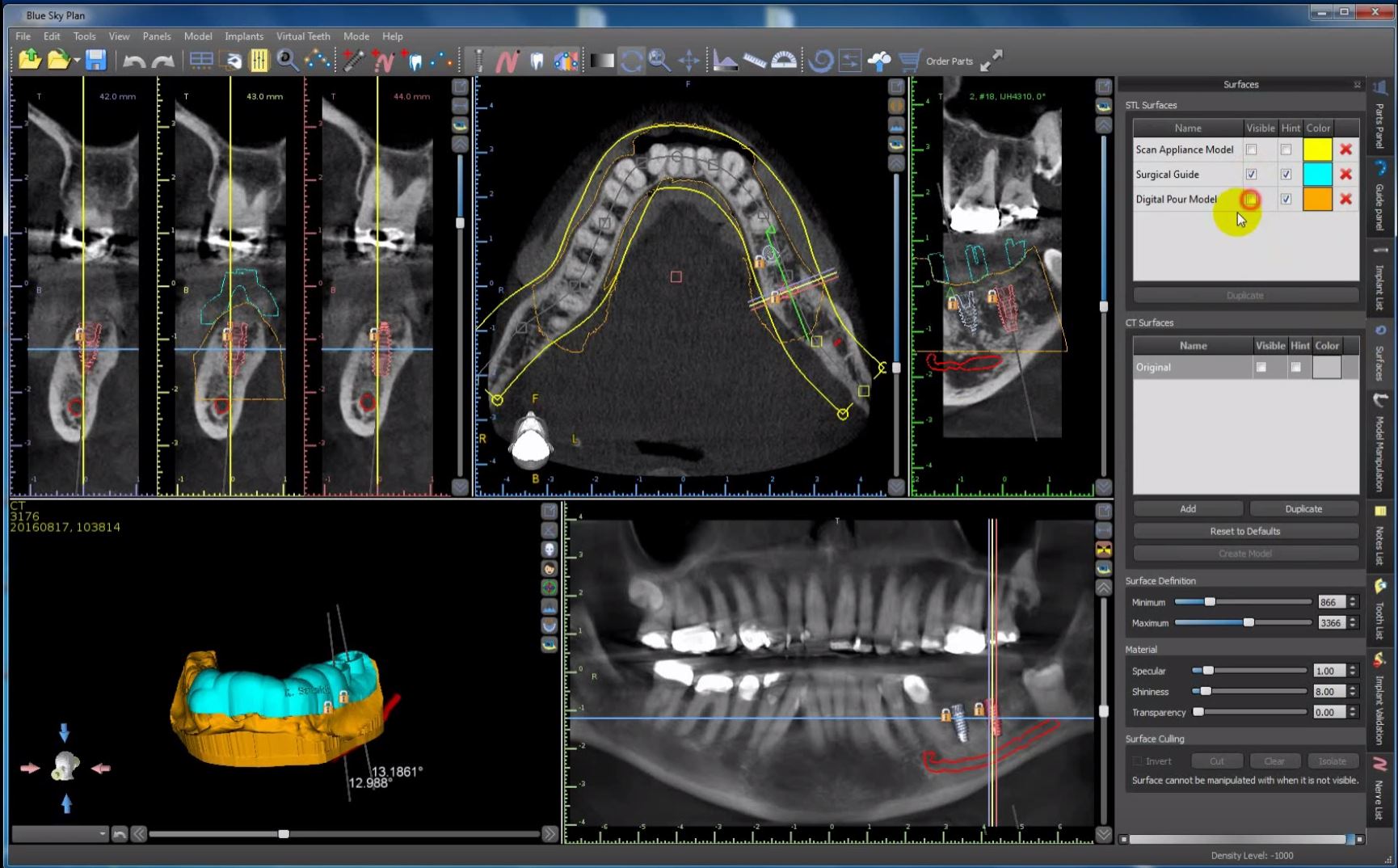

Leave Comment